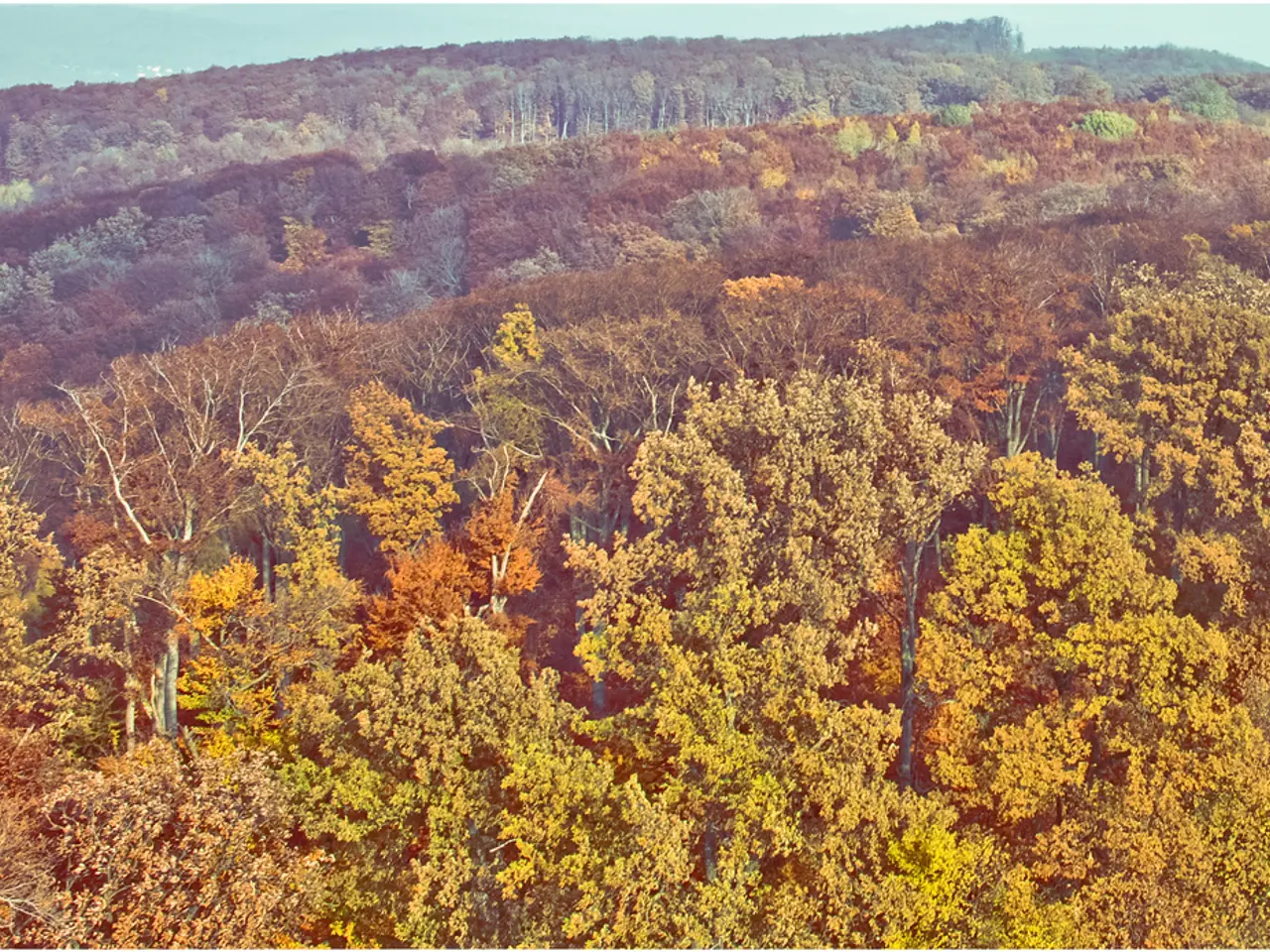Straightforward Strategies for Resolving the Crisis of Inadequate Housing
In the heart of England, a significant policy shift is underway. The introduction of the "Grey Belt" designation in 2024 marks a new era for development, allowing more flexible opportunities while safeguarding traditional Green Belt land [2][4]. This Grey Belt policy, proposed by Keir Starmer, reduces the automatic presumption against development by removing "substantial weight" against proposals that pass certain tests, enabling a more balanced planning approach.
The impact on resolving the UK's housing crisis is meaningful but nuanced. About one-third of housing proposals on Grey Belt land are now succeeding in early 2025 appeals, a much higher success rate than on traditional Green Belt sites [1]. This shift creates a two-tier system: traditional Green Belt sites remain highly protected, but Grey Belt sites can be developed if harm to openness doesn’t "fundamentally undermine" the Green Belt purpose, allowing planners more discretion to weigh housing benefits against environmental concerns [2].
However, strategic land releases from the Green Belt remain contentious. Courts have ruled that studies like the Arup Green Belt Review are not yet material considerations for individual planning permissions until incorporated into local plans and independently examined [3]. At a regional level, significant developments are planned, such as proposals to build on over 100 square miles of Green Belt land around London, indicating political will to use Green Belt land more aggressively to meet housing demands [5].
Despite these changes, the core Green Belt protections endure. The Green Belt around London, for instance, is three times the size of the city itself, and only 9.3% of the Green Belt is allocated as National Park, with the vast majority being privately owned farmland [6]. Tony Juniper, the chair of Natural England, suggests that building on the Green Belt should be part of the UK's answer to the housing crisis, with improved urban green space [7].
Juniper emphasises that housing developments and green spaces should not be seen as opposites. In fact, new housing and better protection for green spaces, wildlife, and nature can coexist. Housing developments that achieve biodiversity net gain through tree planting, new wildflower meadows, and habitat creation provide significantly more environmental value than agricultural land [8].
The benefits of the Green Belt can be delivered closer to people's homes, including the inclusion of high-quality natural landscapes within residential developments [9]. Substantial Green Belt land exists around 16 of England's towns and cities, offering opportunities for sustainable development without compromising the essential role of the Green Belt in protecting the environment [10].
The housing crisis, believed to be at its lowest level since the Second World War, is compounded by high interest rates, high build costs, labour shortages, and the removal of Help to Buy [11]. Organisations like the Adam Smith Institute and the Institute of Economic Affairs argue that the release of some Green Belt land could help solve the housing crisis [12].
However, the public sentiment around the Green Belt requires a greater understanding. Many people, if asked, would likely choose a resolution to the housing crisis over an expansion of the Green Belt [13]. Much of the Green Belt is unappreciated and underutilized, often previously developed brownfield land [14]. Building woodlands near residential areas provides more social benefit than putting them in remote areas [15].
In conclusion, the Green Belt review and the introduction of Grey Belt land represent a pragmatic adjustment to longstanding restrictive policies, easing some barriers for housing development and helping to partially address the housing shortage. However, the core Green Belt protections endure, legal challenges remain prominent, and the strategic, large-scale release of Green Belt land for housing still requires formal planning process updates and careful balancing of competing interests [1][2][3][5].
- The Grey Belt policy, a significant shift in England's housing market, is enabling a more balanced approach by reducing the automatic presumption against development, encouraging sustainable development and addressing the housing crisis to some extent.
- The introduction of Grey Belt land and the ongoing Green Belt review are aimed at easing barriers for housing development, yet they maintain the Green Belt's core protections, ensuring the environmental role of the Green Belt is not compromised.
- To fully address the housing crisis, investing in the development of both Grey Belt and brownfield sites could be considered, while simultaneously prioritizing the inclusion of greener spaces within residential developments for environmental value and social benefits.
- In the realm of policy-and-legislation and politics, the debate over the strategic release of Green Belt land for housing development continues, with organizations advocating for its potential role in addressing the housing shortage while recognizing the public sentiment and legal challenges involved.
- The housing market's general-news landscape is shaped by factors such as high interest rates, build costs, labour shortages, and the removal of Help to Buy, making it crucial to weigh these issues alongside the importance of sustainability, inclusion, finance, real-estate development, and environmental consideration in policy decisions.




